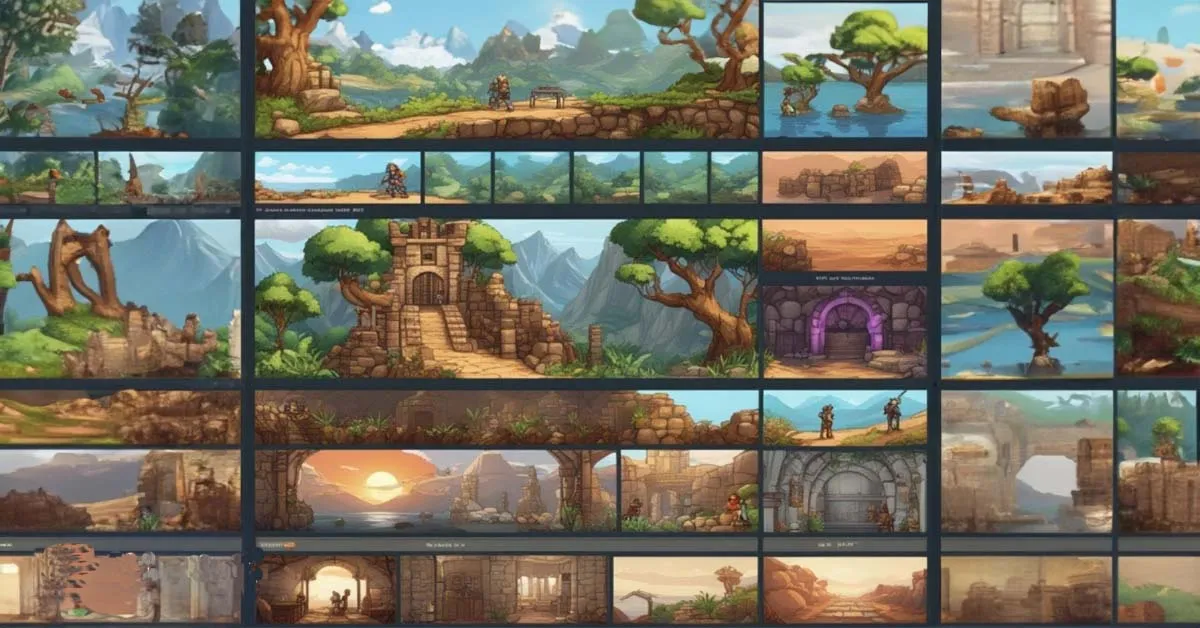The world of video games has undergone a remarkable transformation over the years, and adventure games have played a pivotal role in this evolution. While today’s gamers enjoy stunning 3D graphics and lifelike animations, it’s important to recognize the genre’s humble beginnings, where text-based adventures paved the way for the visually immersive experiences we have today. In this blog, we’ll take a journey through time and explore the fascinating evolution of adventure game graphics.
The Early Days: Text-Based Adventures
Before the advent of graphical interfaces, adventure games relied solely on text-based descriptions and player inputs. These games, often referred to as “interactive fiction,” captured players’ imaginations through rich storytelling and puzzles. Games like “Zork” and “Adventure” (colloquially known as “Colossal Cave Adventure”) set the stage for what would become the adventure game genre.
The Advent of Pixel Art
As technology advanced, adventure games began to incorporate pixel art graphics. While still limited in detail and resolution, pixel art introduced visual elements that enhanced players’ immersion. Titles like “Maniac Mansion” and “King’s Quest” combined pixelated environments with text-based interactions, providing a bridge between text-based and graphical adventures.
The Golden Era of Point-and-Click Adventures
The late ’80s and ’90s marked the golden era of adventure gaming, with the rise of point-and-click adventures. Games like “Monkey Island,” “Day of the Tentacle,” and “Grim Fandango” embraced colorful, hand-drawn graphics. These titles brought characters and environments to life with detailed animations and quirky art styles, contributing to the genre’s popularity.
The Transition to 3D Worlds
With the advent of 3D graphics technology, adventure games made a bold leap into three-dimensional worlds. Titles like “Myst” and “The Longest Journey” embraced pre-rendered 3D environments, while others, like “Syberia” and “Grim Fandango Remastered,” adopted fully 3D character models and environments. These games offered a more immersive and visually stunning experience, with players exploring intricately designed landscapes.
Modern Adventure Games: Realism and Artistry
Today, adventure games continue to push the boundaries of graphics and artistry. Titles like “The Witness” and “What Remains of Edith Finch” blend realistic 3D graphics with emotionally evocative storytelling. Others, like “Oxenfree” and “Kentucky Route Zero,” embrace unique art styles that contribute to their narrative charm.
Conclusion
The evolution of adventure game graphics mirrors the broader advancement of technology in the gaming industry. From text-based adventures to pixel art and hand-drawn visuals, and ultimately to immersive 3D worlds, adventure games have continuously adapted to provide players with captivating experiences. As technology continues to evolve, we can expect adventure games to push the boundaries of creativity, delivering even more visually stunning and emotionally engaging journeys for players to embark upon.



